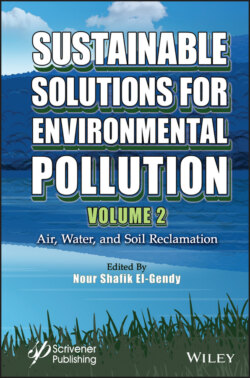Читать книгу Sustainable Solutions for Environmental Pollution, Volume 2 - Группа авторов - Страница 47
1.10.8 Biomass Management
ОглавлениеOperators use different approaches to aquatic vegetation management. The most common option for SSF-CWs is to harvest the biomass in spring and remove it from the system. The second option is to mow the biomass in late fall, keep it on the surface to isolate it and remove it in early spring. However, if the mowed biomass remains on the ground, then the rain slowly leaches out the accumulated nutrients, organic pollutants, and metals and returns them into the system. Finally, in the absence of autumn mowing, the reeds that remain standing are also subject to decomposition and leaching by rain. Moreover, in common reed, the leaves fall into the wetland and enrich the system with nutrients and pollutants (Vymazal, 2020). The bioaccumulation of metals by aquatic plants is not sufficient to ensure the bioremediation of a waterbody on its own, if the biomass produced is not harvested and exported out of the aquatic environment.
Mowing and harvesting aquatic plants at the end of the growing season allows exporting pollutants out of the waterbody. Otherwise, the biomass, enriched with metals during the growing season, will perish at the end of the season and decompose on site, releasing the metals trapped in the aquatic environment. It will thus participate in the over-contamination of the waterbody. As seen above, phytoremediation uses some slightly invasive species such as bulrush T. latifolia, common reed P. australis, water hyacinth E. crassipes, water lettuce P. stratiotes, or duckweeds Lemna spp. They have vigorous growth and produce more biomass than non-invasive ones. Also, after the harvesting of the biomass produced, a valorization can generate income and reduce the overall cost of the bioremediation system through the production of useful by-products such as compost or mulch for soil improvement or livestock feeding. Alternatively, if the contamination level is too high, then the production of non-food byproducts can be considered such as fuel (e.g., briquettes, biodiesel, ethanol, and biogas) for energy production or building materials (e.g., fiber board, insulating fibers, and chipboard).
In any case, the size of the system should be taken into account: what is possible on small CWs, in particular SSF-CWs, is much more difficult and expensive in shallow FSF-CWs covering several hectares.
